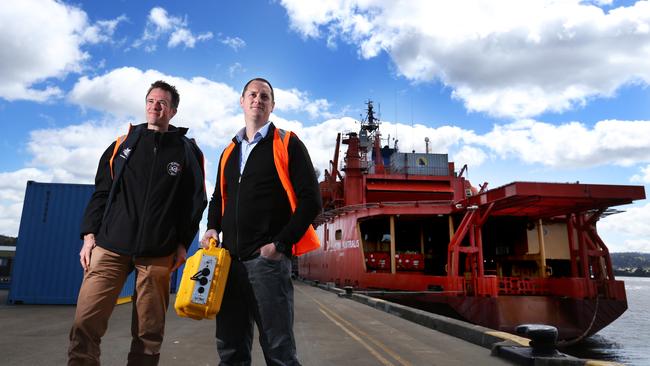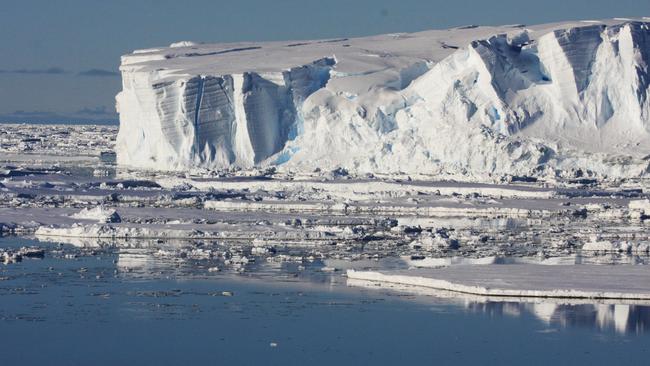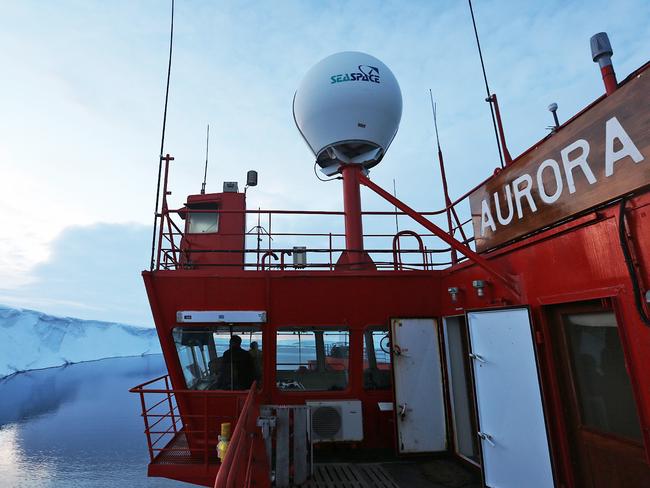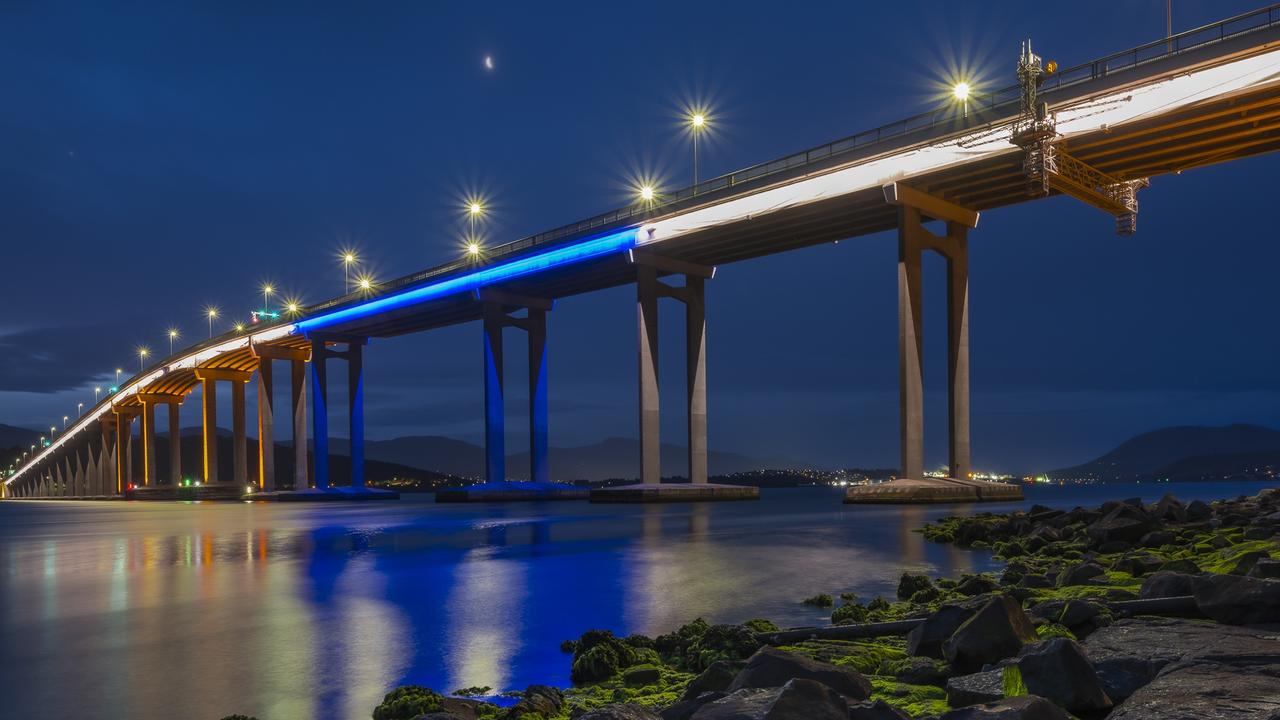Glaciers key focus in Australian Antarctic Division’s latest summer of scientific research
THE Aurora Australis is preparing to ship out for another scintillating summer season of science in the frozen south.

AMONG the priorities for Australia’s Antarctic program this summer is to learn more about the extent to which two of the continent’s large glaciers — the Totten and Sorsdal — are contributing to sea level rise.
The summer season swings into action today as almost 100 expeditioners leave Hobart for Davis and Mawson research stations aboard the Aurora Australis.
They are the first of more than 500 expeditioners who will journey south, with others winging it on Airbus A319F and C-17A Globemaster III aircraft.
The Totten Glacier, near Australia’s Casey research station, is the largest glacier in East Antarctica, and is showing signs that it is sensitive to warm ocean waters that can increase melt.
Australian Antarctic Division glaciologist Ben Galton-Fenzi said researchers would look at how warmer ocean water was melting glaciers and ice shelves from below.
“We know there’s enough ice below sea level in the Totten Glacier to raise global sea levels by 3.5m, although this would likely take many centuries to occur,” he said.
Dr Galton-Fenzi said the global sea level had risen by about 20cm since the 1900s. By the end of the century it was projected to rise by up to 1m or more.
“But this is subject to high uncertainty,” he said.
“These estimates depend critically on understanding Antarctic glaciers, both how much and how fast they melt in a warming climate.”

Helicopters will land on the glacier to deploy six GPS units to measure glacial flow speeds and surface elevation changes.
“We will also set up six autonomous phase-sensitive radio echo sounding (ApRES) instruments that can measure the glacier’s thickness up to 2km below the surface and with millimetre precision,” Dr Galton Fenzi said.
Some instruments will be put out at the beginning of the summer and left for up to six weeks, others to be left on the glacier over winter and collected next season, will transmit base melt rate estimates via satellite during winter.
At the Sorsdal Glacier, near Australia’s Davis research station, melt ponds form on the top of the glacier in the warmth of summer.
University of British Columbia glaciologist Dr Christian Schoof said as the air temperature around Antarctica warmed, an increase in the melt pond formation could have serious consequences.
“These ponds drain down through the ice until the water reaches bedrock, where it acts as a lubricant, causing the ice flow to speed up,” Dr Schoof said.
Dr Schoof and Australian colleagues’ work on Sorsdal Glacier will be the first attempt to monitor the effect of surface ponds on the flow of ice in East Antarctica.
“We will deploy cameras to take photos every two to three hours, put out pressure sensors to measure how the melt ponds fill and drain,’’ he said.
“We will also take temperature measurements on the surface of the glacier and use GPS antenna to determine if the ice flows faster in summer.”
This year the Australian Antarctic Program will support 95 projects in Antarctica, the Southern Ocean and on sub-Antarctic Macquarie Island.

Originally published as Glaciers key focus in Australian Antarctic Division’s latest summer of scientific research



